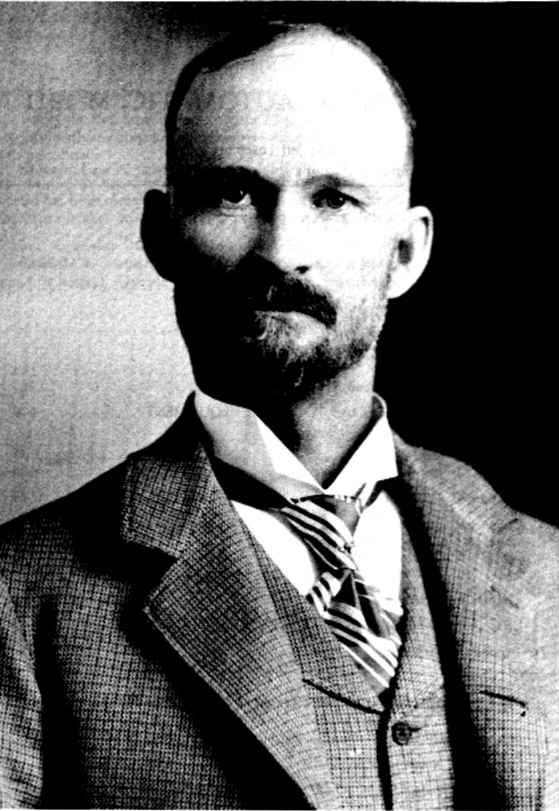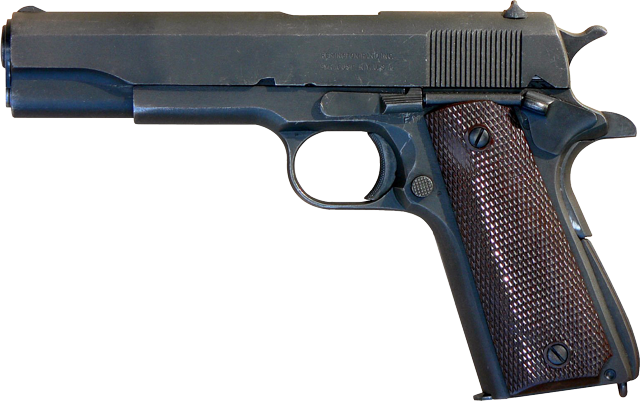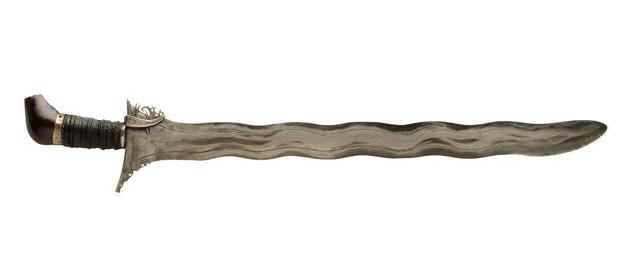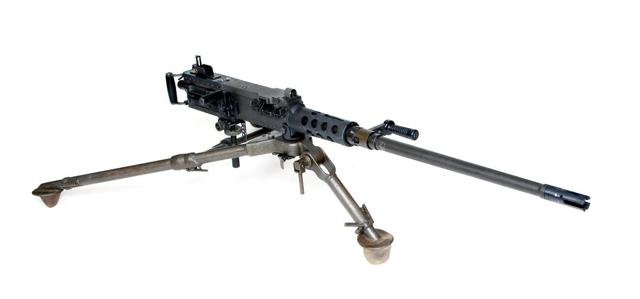
John Moses Browning was born on this day in 1855. A child prodigy, he began his career at age six, learned manufacturing and engineering by the time he was seven, built his first firearm when he was thirteen and earned his first patent when he was twenty-four. The word "genius" is overused but Mr. Browning was a genius. Nothing looked like or operated like Browning's inventions before he came along and everything showed his influence afterwards. By the end of his life he held a total of 128 gun patents and designed 80 firearms, most of them revolutionary and several in use to this day. He is responsible for five separate firearms manufacturers and his name is often used synonymously with various of his designs.
The US Army Needed Browning's Help
US Army units were battling Moro guerrillas in the Philippines with the standard .38 caliber revolver. The tribesmen were veterans of hand-to-hand combat filled with religious zealotry and stoned on pain killing drugs. Even after getting hit several times, many Moros were able to inflict deadly wounds with their kris blades.
According to Gen. John "Black Jack" Pershing,
The fighting was the fiercest I have ever seen. They are absolutely fearless, and once committed to combat they count death as a mere incident.
The Army needed stopping power; they needed John Moses Browning. To test for the most suitable caliber, they took cattle from a local slaughterhouse and cadavers from a local morgue. They shot both with varying numbers of rounds hitting varying parts of the anatomy. The tests concluded that,
The Board was of the opinion that a bullet, which will have the shock effect and stopping effect at short ranges necessary for a military pistol or revolver, should have a caliber not less than .45. ... None of the full-jacketed or metal-patch bullets (all of which were less than cal. . 45) showed the necessary shock effect or stopping power for a service weapon. ...
We are not acquainted with any bullet fired from a hand weapon that will stop a determined enemy when the projectile traverses soft parts alone. The requirements of such a bullet would need to have a sectional area like that of a 3-inch solid shot the recoil from which when used in hand weapons would be prohibitive. ...
Finally the Board reached the conclusion that the only safeguard at close encounters is a well-directed rapid fire from nothing less than a .45-caliber weapon. With this end in view soldiers should be drilled to fire at moving targets until they have attained proficiency as marksmen.
 Browning's M1911 is the basis for the finest handguns a century after Browning first tested it in 1910. He ran six thousand rounds through his pistol and its best competitor over the course of two days. The competitor, a Savage, performed admirably with only thirty-seven malfunctions out of six thousand rounds. Browning's? Zero.
Browning's M1911 is the basis for the finest handguns a century after Browning first tested it in 1910. He ran six thousand rounds through his pistol and its best competitor over the course of two days. The competitor, a Savage, performed admirably with only thirty-seven malfunctions out of six thousand rounds. Browning's? Zero.
If it ain't broke… replace the M1911 anyway with the inferior 9 mm
According to Brig. Gen. Samuel S Sumner,
The Luger automatic pistol as a hunting pistol and for dress occasions is attractive and useful. I have one which I prize highly, but for field service, in the hands of officers and men, it is a failure. It is too complicated, and cartridges often jam, but the main defect is that the bullet will not stop a Moro.
This turned out to be an epic debacle that lasted many decades. In countless battles, American warriors encountered the same problems that Gen. Sumner described. Through the years, top tier units began to replace their 9 mms with… versions of the old M1911. Marine Corps Special Operations Command, Force Recon, LAPD SWAT, the FBI HRT, and 1st Special Forces Operational Detachment-Delta went back. Enemies shot with the heavier .45 caliber load had the reassuring tendency to stay dead.
Prototype completed in under a month or it would be free
Winchester was in a rush so when they asked Browning to design a better pistol caliber lever action rifle, he said he'd do it for free if he couldn't complete the job in a month. He delivered within two weeks and earned $20,000. The Winchester Model 1892 remains in use today.
If you ask why we need a .50 cal, you get fired from the firearms committee
The .50 Browning Machine Gun (BMG) helped win World Wars I and II. It is second only to Browning's M1911 in its longevity within the US arsenal. And it is my indefensible guilty pleasure.
If you would like to learn more about history's greatest firearms inventor, you might enjoy John M. Browning, American Gunmaker: A Illustrated Biography of the Man and His Guns by John Browning and Curt Gentry. In one story about the inventor, Browning's brother George noticed his other brother Ed had left the shop where John was working on a gun.
"Why aren't you working upstairs?" asked George.
"Oh, John's stuck. He's swearing every little while. He doesn't know whether I'm there or not," Ed answered
"That's too bad. I thought it was coming along fine."
"Don't worry, it won't be long now. John so hot that something has to give pretty soon - and it won't be John."


